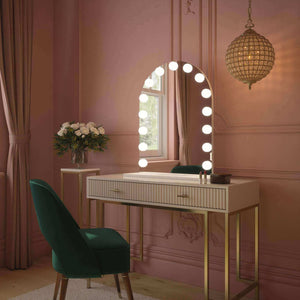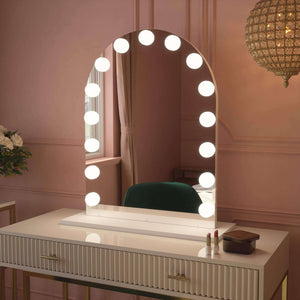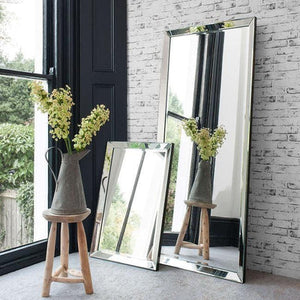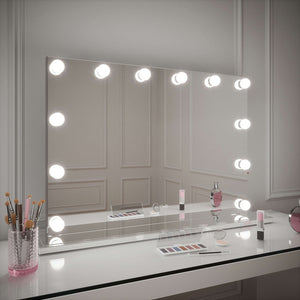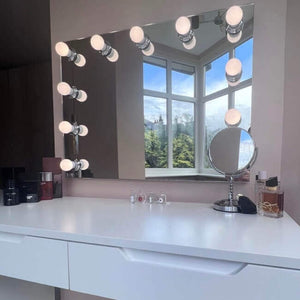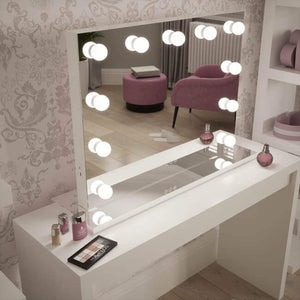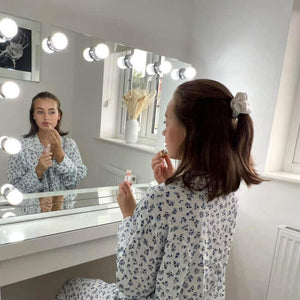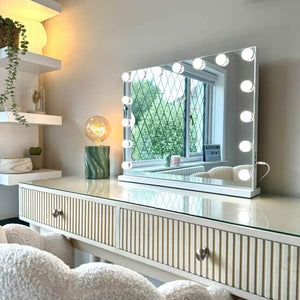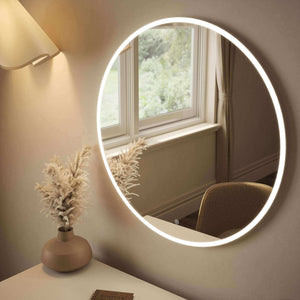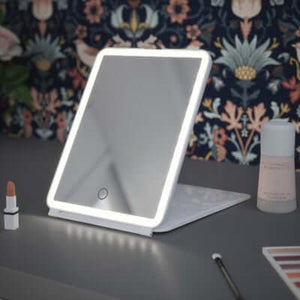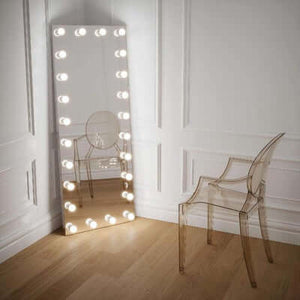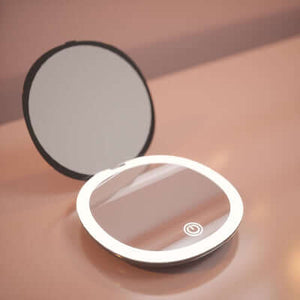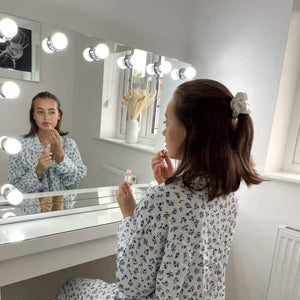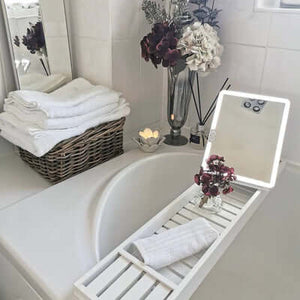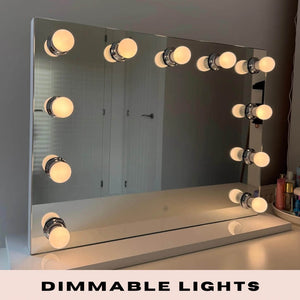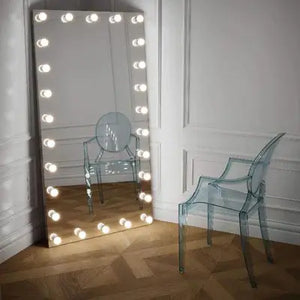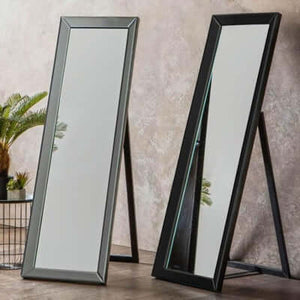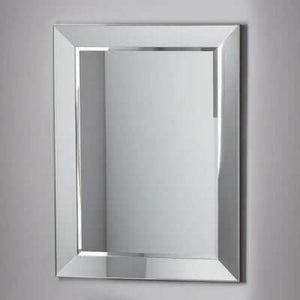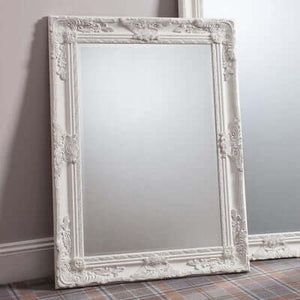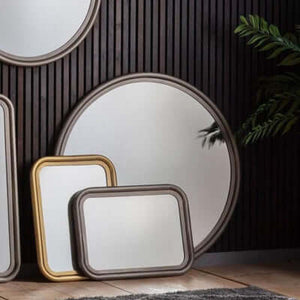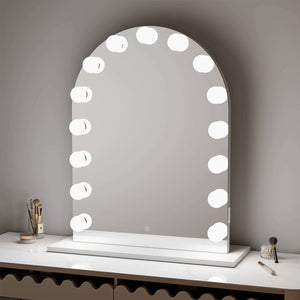The average salary for interior designers as of January 2024 is £38,333 per year, £2,714 per month and £13.51 per hour.
This result was concluded from a total of 1,700 reported salaries by Indeed.
If you are considering building a career as an interior décor designer or simply interested in that industry, then you will find this data useful.
What Is an Interior Designer's Salary: Overview
As an aspiring interior designer, you'll need to be creative, and innovative and as well have business knowledge to succeed in this career path.
You can decide to become a freelancer or choose to work in a firm. But either way, here's what you can expect to earn as an interior designer in the UK.
According to Indeed, the average salary for interior designers as of January 2024 is £38,333 per year, £2,714 per month and £13.51 per hour. This result was concluded from a total of 1,700 reported salaries.
Interior Designer Salary By Level of Experience
|
Experience Level
|
Annual Salary (£)
|
Monthly Salary (£)
|
Hourly Rate (£)
|
|
Entry-Level
|
£20,000 - £25,000
|
£1,667- £2,083
|
£10 - £13
|
|
Mid-Level
|
£25,000 - £35,000
|
£2,083 - £2,917
|
£13 - £18
|
|
Senior Level
|
£35,000 - £40,000
|
£2,917 - £3,333
|
£18 - £25
|
|
Expert Level
|
£40,000 and above
|
£3,333 and above
|
£25 and above
|
Keep in mind that these figures shown here are not fixed and can vary based on factors such as location, educational qualifications, and area of specialization.
Factors That Can Influence Interior Designer's Salary
1: Experience:
Interior design, just like any other career path tends to award better and higher salaries to more experienced persons compared to entry-level.
Plus, the field is often client-oriented meaning an outstanding work experience can influence a client's decision to choose you for the job. In essence, the more years you spend working, translates into more experience which in turn helps you land huge projects that pay well.
2: Specialisation:
Interior designers with expertise in a specific niche may earn more due to their specialised knowledge. This is because they may need to acquire special training, follow strict regulations and meet certain legal compliance requirements to be allowed to practise in that niche. Now an interior designer who has gone through all these processes just to become an expert in their field will charge or receive higher pay than their counterparts.
For example, interior designers who work in the healthcare or government sectors will earn more than those working in residential or commercial sectors.
3: Educational Qualifications:
Contrary to what you've been made to believe, interior design isn't just about beautifying living spaces. Interior designers have the job of creating living spaces that meet both the functional and lifestyle needs of the people staying there.
So to excel in this career path, it's not enough to just be creative, there are different technical parts to interior design, the knowledge of which can only be gotten through formal training. Specialised knowledge of key software programs and design principles alongside the certifications to prove that you have acquired the necessary skills will help boost your portfolio and increase your chances of getting better-paying jobs.
4: Location:
The location has a major influence on the salary range of interior designers. For example, urban areas with higher living costs may offer higher salaries compared to rural areas.
There's also the fact that larger cities offer more job opportunities and typically a bigger clientele base so interior designers living and working here will get higher salaries than those in smaller towns with very few clientele and even fewer job opportunities.

Top Interior Designer Salaries By Location
Since location is a major factor influencing interior designer salaries, it is important to consider the exact location you want to practise in, as it can be a huge determinant of what your paycheck will look like.
Although it might be tempting to think that bigger cities offer better pay, that is not always the case.
There will be some cuties with more available jobs and lesser pay and vice versa.
Here are some of the top locations in the UK and their average salary.
|
Location
|
Annual Salary
|
Monthly Salary
|
Hourly Salary
|
Number of Salaries Reviewed
|
Top Paying Companies
|
|
Southwest London
|
£42,148
|
£2,984
|
£14.85
|
52 salaries reported
|
FRAME
|
|
London
|
£40,625
|
£2,876
|
£14.32
|
1,100 salaries reported
|
FRAME
|
|
West London
|
£38,040
|
£2,693
|
£13.41
|
45 salaries reported
|
FRAME
|
|
Manchester
|
£36,355
|
£2,574
|
£12.81
|
32 salaries reported
|
Manchester Metropolitan University
|
|
Birmingham
|
£36,353
|
£2,574
|
£12.81
|
14 salaries reported
|
FRAME
|
|
Nottingham
|
£35,667
|
£2,525
|
£12.57
|
15 salaries reported
|
Nottingham Trent University
FRAME
Warner's Innovations
|
|
Leeds
|
£34,572
|
£2,448
|
£12.18
|
6 salaries reported
|
Leeds Beckett University
FRAME
|
|
Glasgow
|
£33,888
|
£2,399
|
£11.94
|
22 salaries reported
|
University of Edinburgh
East Lothian Council
BoConcept
|
|
Chester
|
£33,098
|
£2,343
|
£11.66
|
8 salaries reported
|
FRAME
Design et al
|
Source:Indeed.com

Types of Interior Designer Jobs and Their Salaries
You can become an interior designer and have a different job specification from your counterparts, this depends on the job type and speciality.
Let's look at a few of these interior design jobs and their salaries.
1: Interior Design Assistant: £23,096 Per Year
Getting a job as an interior design assistant is probably one of the easiest entry-level jobs you can go for as a newbie in the field. The pay is quite small at £23,096 but the job role offers you valuable experience that you'll need to work in future as a full-fledged interior designer.
Typically, you'll be tasked with things like communicating with clients and suppliers, replying to emails, answering phone calls, organising meetings, ordering supplies and overall assisting the interior designer in managing and executing projects.
2: Residential Interior Designer: £35,688
The major role of interior designers is to design the layout of spaces to make them safe, functional, and of course aesthetically appealing. As a residential interior designer, your major focus would be on working the interior of individual homes, and commercial buildings like office spaces and even trains or boats.
Some of the tasks that you may have to handle are creating blueprints, examining the space and communicating with clients to meet their requirements, choosing furniture and deciding on furniture placement, and staying up-to-date with interior design trends.
3: Technical Interior Designer: £40,055 per year
Turning creative ideas into functional products is the main responsibility of a technical interior designer. The ideas could be yours or your client's or you could draw inspiration from other designer's works.
Your tasks may include creating designs, making plans, prototypes and examining the quality of products. You'll also need to research market trends to draw inspiration.
4: Kitchen Interior Designer: £28,369 per year
Just like the name implies, kitchen interior designers specialise in designing kitchens for homes, restaurants and hotels. If you venture into this line of work, your tasks will include designing the layout of the kitchen space, deciding on appliances and fixtures and helping to source contractors to install these fixtures.
You might even take part in the installation process to make sure everything is in order. Sometimes you may have to take the layout of the plumbing as per your client's wishes.
5: Interior Decorator: £17.88 per hour
As an interior decorator, your major responsibility is customising your client's living space to reflect their style. You'll be involved in carrying out tasks like choosing wallpapers and colour schemes and choosing furniture, accessories, fabrics and art pieces for the space.
6: Senior Interior Designer: £44,209 per year
A senior interior designer is a seasoned and experienced professional who oversees a design project. They may work with a project manager or manage the project themselves. They can also collaborate with other professionals including independent designers and contractors to bring the project to life.
A senior interior designer's role is typically to oversee the budget, manage the technical aspect of the project and make sure everything is fine within the proposed time frame.
7: Project Manager: £43,720 per year
Project managers can be found in literally any field but the ones who work in interior design, their primary duties involve supervising all aspects of the project to make sure everything is done within a specific timeframe and budget.
They'll have to liaise with clients and hire other interior designers and independent contractors to handle parts of the project such as fixing and installing fixtures. Basically, a project manager within the interior design field has to do more of managing the project and less involvement in the design work as a whole.
8: Interior Architect: £34,098 per year
A mix of both architecture and interior design, an interior architect's responsibilities include designing the architecture of interior spaces, renovating already existing spaces, working with clients and creating designs to meet their requirements.
They're also in charge of researching building regulations, building blueprints, making cost estimations and supervising the whole design process from start to finish.
9: Interior Design Blogger: £26,987 per year
Not every interior design job requires you to be in the field. If you already have an interior design degree or some knowledge of the job, you can venture into writing blog posts about different interior design topics and design trends.
You can decide to work for a company or as a freelancer and run your blog. Typically, your tasks involve lots of research to understand and stay updated with current design trends and using your blog posts to answer questions that people may have about interior design.

Get Started As An Interior Designer: Firm or Freelance Salary Considerations.
According to the British Institute of Interior Design (BIID), as of May 2021, there were 20,000 interior designers recorded to be working in the UK and this number covers from small companies with only a handful of employees to large interior design firms with self-employed interior designers.
Now the question is, which path is more lucrative, working as a freelance interior designer or working for a firm?
Salary Considerations For Interior Designers Working with a Firm
If you're just starting in your career as an interior designer, one easy route to take is looking for an interior design job in an already established firm, as this will help you build your portfolio and gain the necessary experience needed for when you eventually start seeking out clients of your own.
Some pros of working with a firm include:
-
Benefits: While working in an established firm, you'll get to enjoy a variety of benefits aside from your salary. Benefits like health insurance, retirement plans pension schemes), paid time off (vacation, sick leave), professional development opportunities and performance-based bonus structures such as year-end bonuses or profit-sharing. These performance bonuses could be based on individual or team achievements.
-
Stability: working in an established firm offers a steady inflow of clients and jobs so you won't be stressed about chasing after clients or worrying about whether you're getting paid or not.
Salary Considerations For Freelance Interior Designer
While there are no traditional employee benefits like health insurance or retirement plans available for freelance interior designers, they however enjoy greater flexibility, control over their work schedule and as well as a potential for higher overall income if successful.
Some pros of being a freelance or self-employed interior designer include:
-
Project-based bonuses: You can get huge tips or bonuses for the successful completion of a project or exceeding client expectations.
-
Referral bonuses: As a freelancer, it's easy to gain new clients through referrals from previous jobs, so you don't spend as much time pitching to new clients every time.
-
Profit-sharing: Of course, as a sole proprietor or incorporated freelancer, you get to share the profit from the success of the business.
Other Considerations Between Firm And Freelance
-
Stability vs. Flexibility: Working with a firm provides stability and benefits, while freelancing offers more flexibility and a not-so-stable paycheck.
-
Business Expenses: Freelancers may have additional expenses (office space, software, marketing) that should be factored into income considerations. Whereas, all these business expenses are handled by the firm.
-
Job Security: Working with a firm provides a more stable income stream, but freelancers might experience fluctuations in workload.
-
Client Acquisition: Freelancers need to invest time and effort in acquiring clients, which may impact income.
-
Tax Implications: Employees working with a firm have taxes deducted automatically. While freelancers are responsible for managing their taxes.
Finally, the choice to either work in a firm or as a freelancer depends on your personal preferences, career goals, and risk tolerance.
As a freelancer, you may have the potential for higher earnings but take on more business-related responsibilities.
While as a firm-based designer, you'll benefit from stability and employer-provided perks but may have less flexibility.
Liquid error (sections/article-template line 192): Invalid form type "60\n", must be one of ["product", "storefront_password", "contact", "customer_login", "create_customer", "recover_customer_password", "reset_customer_password", "guest_login", "currency", "activate_customer_password", "customer_address", "new_comment", "customer", "localization", "cart"]
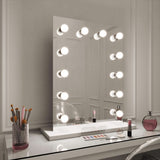 Alicia Hollywood Mirror 60cmx80cm
Alicia Hollywood Mirror 60cmx80cm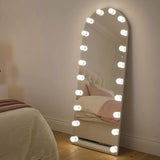 Angelina Full Length Arch Hollywood Mirror 160 x 60cm
Angelina Full Length Arch Hollywood Mirror 160 x 60cm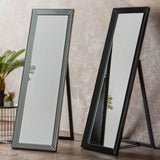 Angled Luna Mirror-Cheval Black
Angled Luna Mirror-Cheval Black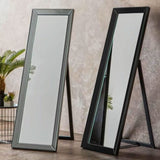 Angled Luna Mirror-Cheval Gray
Angled Luna Mirror-Cheval Gray
